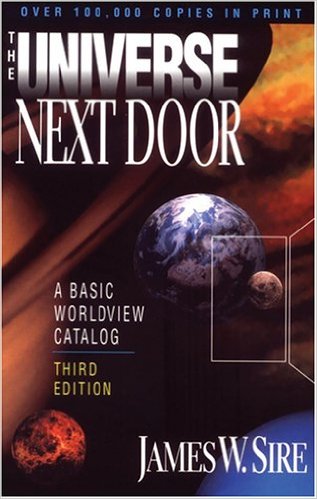
According to Sire, Deism is the isthmus between theism and naturalism. Naturalism affirms that matter is eternal, God does not exist, and the cosmos is in a closed system (I.e., no outside forces can interfere with nature like a “miracle”). Humans are thus nothing more than complex machines in a “monistic” framework of matter and when death beckons, human identity is forever extinguished. This position also removes meaning from history (really all of life) and many turn to nihilism (I.e., life is meaningless) as a result.
What ends up happening, is that people become the architects of what meaning in life is; not some extrinsic being. When this occurs, human beings are the measure of all things, thus ethics and truth become relativized and living out the implications of said state of affairs creates many inconsistencies and practical contradictions such that what is, ought to be.
As architects of what determines meaning, naturalism’s child “secular humanism” affirms human value from a physicalist worldview, but the problem is that one does not get values from the physical world; it comes from an immaterial reality. Sadly, this problem of contradiction is ignored.
There’s also Marxism, which Sire affirms comes in varied forms be it a democratic or a totalitarian packaged worldview. Marxism considers the meaning of life from an economic locus where people are mere subjects of their environment (Influenced by philosophers Hegel and Feuerbach). Marxism’s goal for history is utopian, its’ atheism is reductionist, it loathes capitalism, it fails to factor in human sin, and considers the redistribution of wealth as a virtue.
The fact is humanity is much more than a brain and the desire for meaning and purpose is a relentless issue in life that always pricks the human soul. Despite its many metaphysical, epistemological and ethical problems, naturalism holds sway for many because it’s viewed as objective and without bias, for it’s always looking for the truth with no “axe to grind”.




